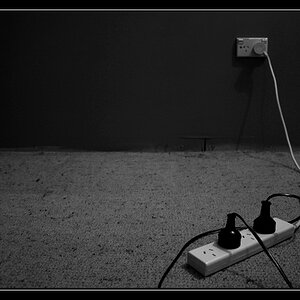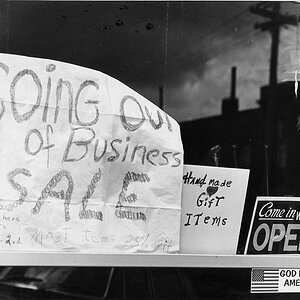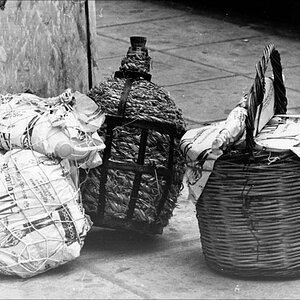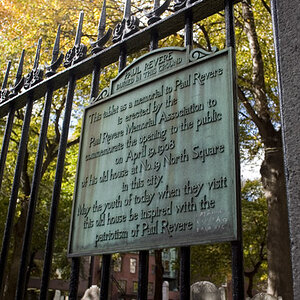PhotoWrangler
No longer a newbie, moving up!
- Joined
- Jun 20, 2010
- Messages
- 1,702
- Reaction score
- 366
- Location
- Houston MetroMess, Texas
- Website
- www.themodernmutt.com
- Can others edit my Photos
- Photos NOT OK to edit
The day I start getting paid on here, maybe I will lighten up and be nicer. Until then... not likely. I usually don't even bother commenting on the "pro" threads... they should already know how to be pro's... or they shouldn't be charging, and using the title! Much of the "pro" work I see looks like an 8 year old shot it...
So basically what you're saying is that you went out of your way to be an ass before 8am in the morning?













